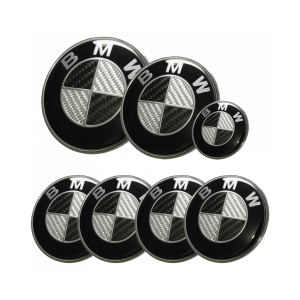differential front
Understanding Differential Front An In-Depth Analysis
In the automotive industry, the term differential front often refers to a critical component in vehicles, particularly in those designed for off-road use. The differential front serves several vital functions in vehicle dynamics and performance, making it an essential topic for automotive enthusiasts, engineers, and potential car buyers to understand.
What is a Differential?
A differential is a gearbox that allows for the wheels on the same axle to rotate at different speeds, which is particularly important when a vehicle is turning. When a vehicle navigates a turn, the wheels on the outside of the turn travel a longer distance than those on the inside. Without a differential, this disparity in distance would lead to tire skidding and increased wear.
Front Differential and Its Functions
The front differential, specifically, is found in vehicles with four-wheel drive (4WD) or all-wheel drive (AWD) systems. It is located near the front axle and is responsible for transferring engine power to the front wheels. This component plays a crucial role in enhancing traction and stability, especially in challenging driving conditions such as snow, mud, or gravel.
When a vehicle encounters uneven surfaces, the front differential compensates by allowing the front wheels to turn at different speeds. This adaptability not only aids in maintaining control but also helps prevent drivetrain damage caused by excessive stress on the vehicle's components. In essence, the front differential is integral to the overall functionality and safety of a vehicle, particularly in diverse environmental conditions.
Types of Front Differentials
differential front

There are several types of front differentials, each with its own mechanism and advantages. The most common types include
1. Open Differential The simplest type, allowing for free rotation of wheels at different speeds. While it is effective for most driving conditions, it can struggle in low-traction situations because power is sent to the wheel with the least resistance.
2. Limited Slip Differential (LSD) This type provides more traction than an open differential by redirecting power to the wheel with more grip if one wheel begins to slip.
3. Locking Differential This differential allows the driver to manually engage locking mechanisms, effectively forcing both wheels to turn at the same speed. This is especially useful in off-road scenarios where maximum traction is necessary.
4. Torque Vectoring Differential This advanced system can send different amounts of torque to individual wheels, enhancing performance and handling. It is increasingly found in modern performance vehicles and luxury SUVs.
Conclusion
The differential front is more than just a mechanical component; it is a significant factor that influences a vehicle’s overall performance, safety, and handling characteristics. Understanding its functions and the different types available is crucial for anyone interested in automotive technology or looking to make informed decisions about vehicle purchases. With the right differential system, drivers can experience enhanced traction and control, making for a safer and more enjoyable driving experience. Whether navigating through challenging terrains or simply driving on a wet road, a well-functioning front differential is indispensable for optimal performance.
-
The Ultimate Guide to Boat Propeller Bearings and Trailer Wheel Bearings
News Jul.31,2025
-
The Essential Guide to Marine Bearings and Boat Trailer Wheel Bearings
News Jul.31,2025
-
The Complete Guide to Heavy Duty Seals: Protecting Doors and Spaces Efficiently
News Jul.31,2025
-
Essential Guide to Marine Shaft Bearings and Boat Trailer Axle Bearings
News Jul.31,2025
-
Comprehensive Guide to Marine and Trailer Bearings for Safe Boating and Transport
News Jul.31,2025
-
Comprehensive Guide to Automotive Oil Seals: Protecting Your Engine and Shafts
News Jul.31,2025
-
Understanding Automotive Oil Seals: Essential Components for Engine and Shaft Protection
News Jul.30,2025
Products categories















